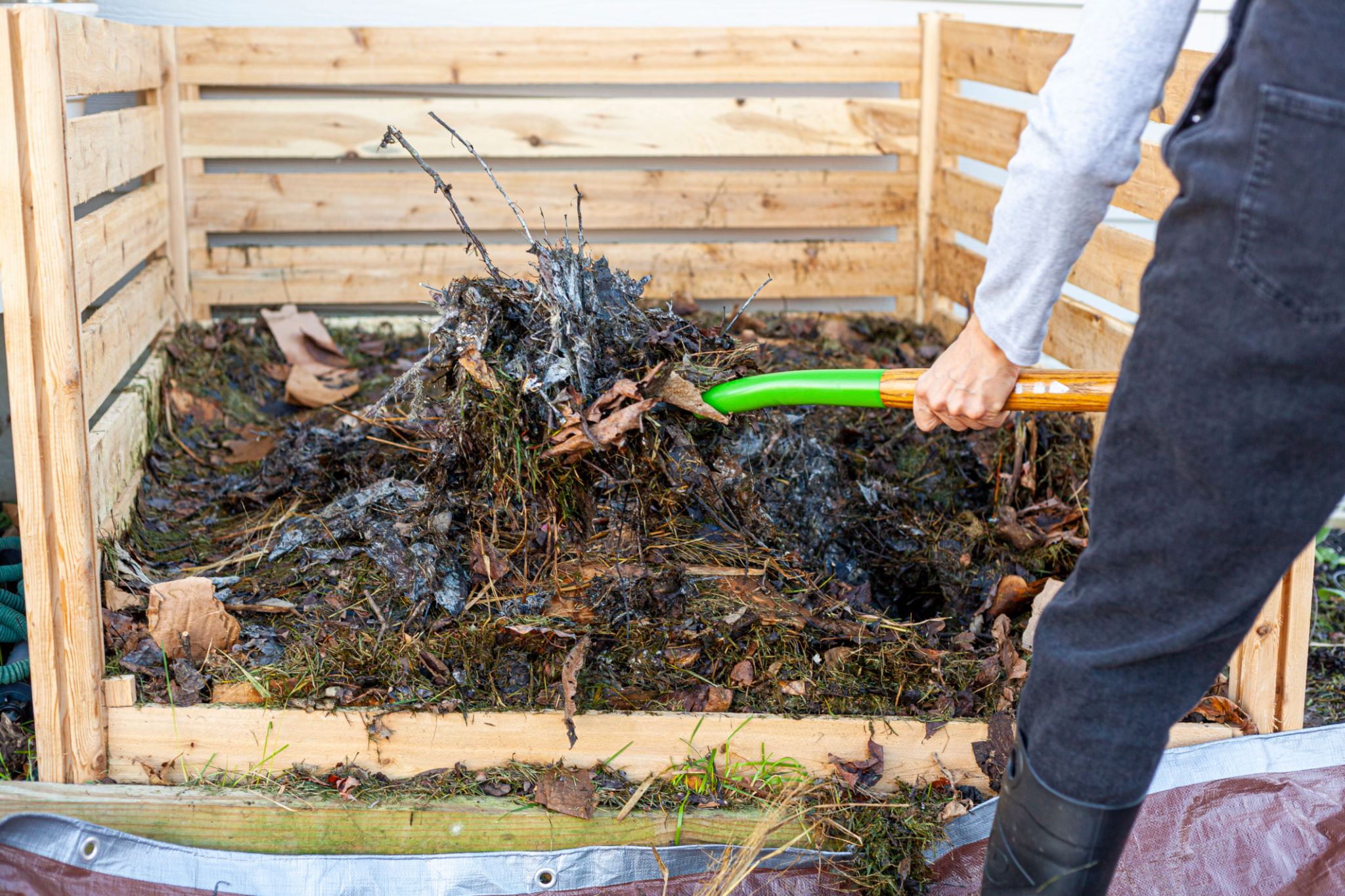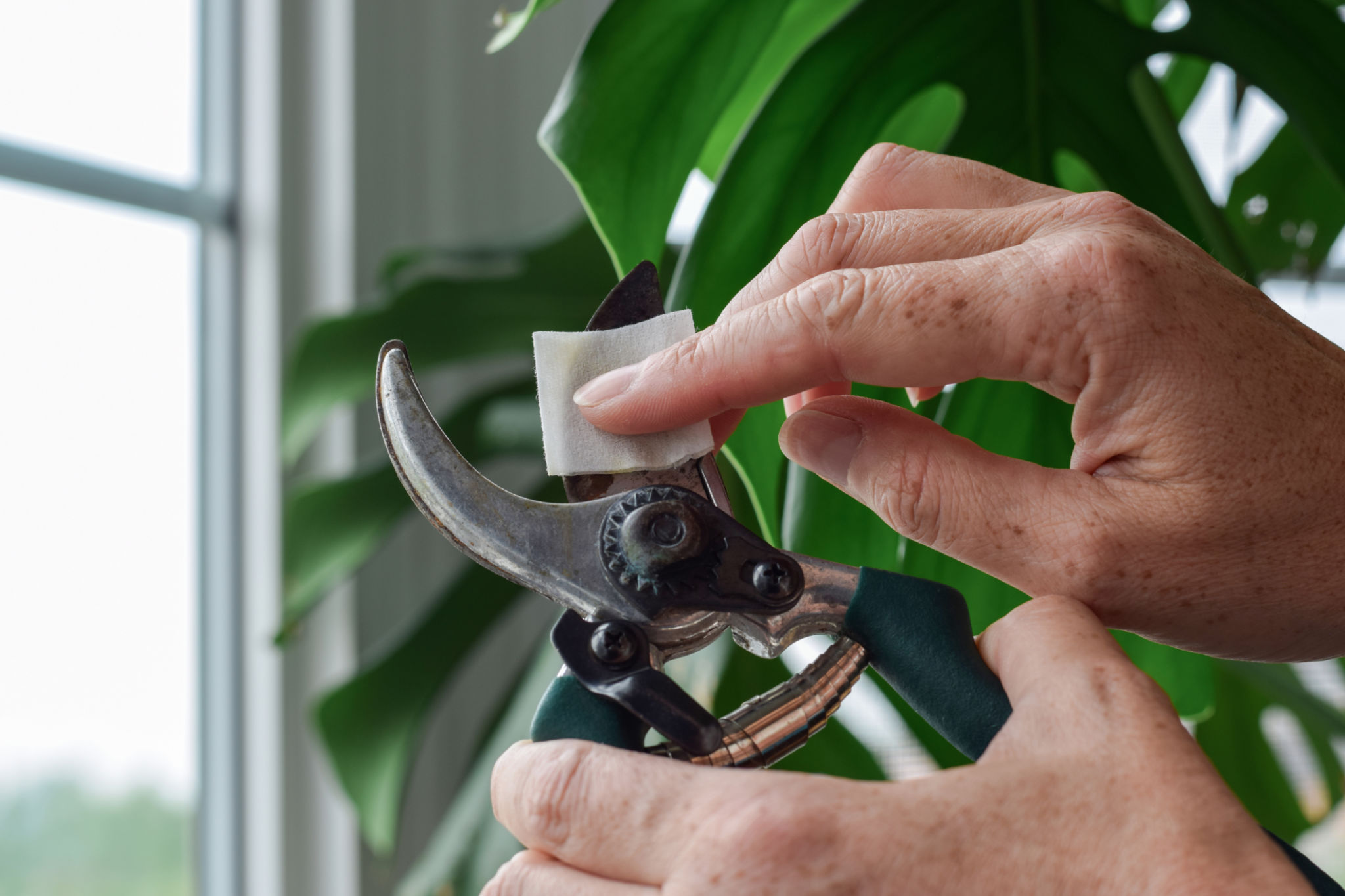Seasonal Landscaping Tips: Preparing Your Garden for Spring
Start with a Clean Slate
As the winter frost gives way to the warmer days of spring, it's essential to start preparing your garden for the upcoming growing season. Begin by cleaning up your garden beds. Remove any dead plants, leaves, and debris that have accumulated over the winter months. This tidying up not only improves the appearance of your garden but also reduces the risk of pests and diseases that can thrive in leftover plant material.
Once you've cleared away the debris, it's a good idea to turn the soil. This process aerates the soil, allowing it to breathe and absorb moisture more effectively. Use a garden fork or tiller to break up compacted soil, which will help ensure that your plants have access to the nutrients they need to grow.

Tend to Your Perennials
Spring is an excellent time to focus on your perennial plants. After a long winter, these garden staples will benefit from some attention. Start by cutting back any dead or damaged foliage that may have been exposed to harsh winter conditions. This will encourage new growth and ensure your perennials are at their best when they bloom.
In addition to pruning, consider dividing any overcrowded perennials. This not only helps control their spread but also revitalizes the plants by reducing competition for nutrients and water. Dividing perennials is a straightforward process: simply dig up the plant, separate it into smaller sections, and replant them in your garden.

Enrich Your Soil
Healthy soil is the foundation of a thriving garden. As you prepare for spring planting, take the time to enrich your soil with organic matter. Adding compost is one of the best ways to improve soil structure and fertility. Spread a layer of compost over your garden beds and work it into the top few inches of soil.
In addition to compost, consider testing your soil's pH levels. If your soil is too acidic or alkaline, it can affect plant growth. Based on the test results, you may need to amend your soil with lime or sulfur to achieve the ideal pH balance for your desired plants.

Plan Your Spring Planting
With a clean and enriched garden, it's time to start planning your spring planting. Consider which plants you want to add to your garden this season. Be mindful of the climate and sunlight conditions in your area when selecting plants. Some popular spring choices include pansies, snapdragons, and marigolds for vibrant color.
Create a planting schedule based on each plant's specific needs. Early spring is ideal for cool-season crops like lettuce and peas, while warm-season vegetables such as tomatoes and peppers should be planted after the threat of frost has passed.
Maintain Your Garden Tools
Before diving into spring gardening tasks, ensure your tools are in top condition. Clean and sharpen your garden tools to make them more effective and efficient. Well-maintained tools not only make gardening easier but also reduce the risk of spreading diseases between plants.
Take inventory of your tools and replace any that are broken or worn out. Investing in high-quality tools can make a significant difference in your gardening experience and help you achieve better results in your garden.

Implement a Watering Plan
As temperatures rise, it's crucial to establish a consistent watering schedule for your garden. Pay attention to the specific water needs of different plants and adjust accordingly. Early morning is generally the best time for watering, as it reduces evaporation and allows moisture to reach plant roots efficiently.
Consider installing a drip irrigation system or soaker hoses to provide consistent moisture without overwatering. These systems are efficient and can save you time while ensuring your plants receive the hydration they need.
Conclusion
Preparing your garden for spring involves several essential steps that set the stage for a successful growing season. By cleaning up your garden, tending to perennials, enriching the soil, planning your planting schedule, maintaining tools, and implementing a watering plan, you'll be well on your way to enjoying a lush and vibrant garden throughout the spring months.